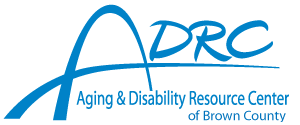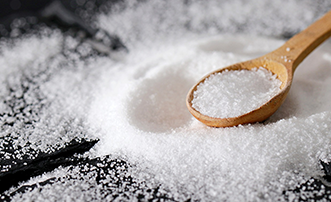What is osteoporosis? According to the National Osteoporosis Foundation, osteoporosis “is a condition where bones become thin and lose their strength, as they become less dense and their quality is reduced. This can lead to broken bones, which cause pain, disability, and make everyday activities extremely difficult.”
As you can imagine, osteoporosis isn’t something to ignore. One in three women and one in five men 50 and older who have a diagnosis of osteoporosis will end up breaking a bone. Those who have healthy bones, bone is constantly replacing old bone, which helps keep them strong and healthy. Someone who has osteoporosis, there is more bone being lost than replaced. Over time, bones will gradually become weak and more likely to break. Nevertheless, it is never too late to start protecting your bones.
Below are some things you can do today to help prevent osteoporosis:
- Eat foods with high amounts of calcium. Some natural sources of calcium are milk, cheese, and yogurt. You could also try fortified foods such as juices, cereals, breads, and almond milk. Other sources are canned fish such as sardines and salmon, soy products, beans, and leafy greens like collard, kale, and bok choy.
- Give your body vitamin D. Vitamin D is vital for bone health because it is needed for calcium to be absorbed. One way to get vitamin D is by exposure to sunlight. Here in Wisconsin, there are long, cold winters with limited sunlight, so when we have longer, sunny days, take advantage of them! Just 15 minutes of sunlight exposure is enough vitamin D for the day. There are food sources of vitamin D as well. Some natural sources are cod, salmon, tuna, sardines, egg yolk, and liver. Fortified foods include milk, cereals, yogurt, and orange juice.
- Stay active! 30 minutes of light exercise such as walking, low-impact aerobics, house cleaning, and gardening is recommended for most days of the week. Strength training exercises such as free weights, weight machines, and elastic bands are recommended 2-3 times a week. This will help your bones stay strong.
How do you know if you’re at risk? There are some risk factors that cause certain people to be at higher risk of developing osteoporosis:
• Being female
• Older age
• Family history of osteoporosis/broken bones
• Diet low in vitamin D and calcium
• Excessive intake of protein, sodium, and caffeine can cause your body to lose calcium
• Inactive lifestyle
Source: osteoporosis.foundation




